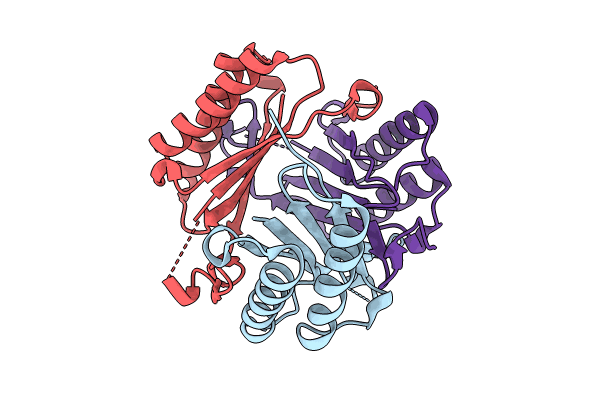
Deposition Date
2023-06-24
Release Date
2023-12-06
Last Version Date
2023-12-06
Method Details:
Experimental Method:
Resolution:
2.29 Å
R-Value Free:
0.30
R-Value Work:
0.26
R-Value Observed:
0.27
Space Group:
P 1


